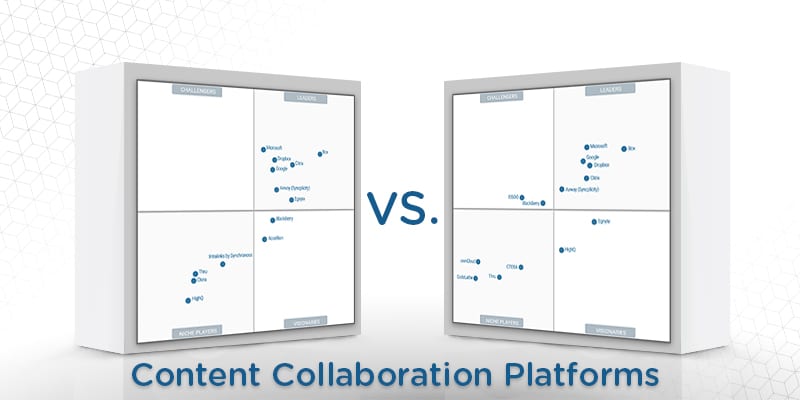

I did separate out date, country, and state tables to provide dimension tables that could be used to relate the various data. For the most part I left the tables in the same shape as they came in from the data sources, with some small pivoting to arrange data in a more ‘columnar’ format. And in fact for the most part it’s not necessary – we’re focused here on finding interesting insights and telling a good story, not optimizing for large datasets or high performance. I took an average number and simply replaced those values, which might not be the most statistically correct way to approach cleaning this data, but it was a quick and easy way to avoid outliers changing the high-level analysis we were doing.Īs is typical for the bakeoff, the variety of datasets coming from different locations means there’s rarely a neat, clean, star schema to adhere too. Some states reported significantly higher numbers of cases on certain days – for example New Jersey reported 2158 cases on 25 th June vs less than 400 on the other days that week. I made one choice in loading the data to smooth out some spikes in the number of reported cases which might skew the results. If you publish your PBIX file to the Power BI service, you can even configure scheduled refresh to retrieve the data automatically. Once you’ve built your report, clicking Refresh in the Power BI Desktop ribbon retrieves any new data that’s been included in the CSV file. One of the main advantages of connecting directly to a CSV file hosted on GitHub or other web locations is that it can be refreshed automatically. You can do this by selecting the settings icon at the right of the Source step in your query and selecting from the dropdown: (or by editing the M script in the editor). Power BI will handle the rest, you can just click load to pull in the table:ĭepending on the file you’re loading you might want to adjust the ‘Encoding’ value if accented characters are not shown properly e.g.: Get Data with the Web connector and paste the URL in: There’s a particularly good resource here in the CSV file they provide at – it gets updated daily, and you can access it directly from Power BI Desktop. Gartner had provided links to a variety of sources such as Our World in Data. In the below video and blog post Will Thompson shows and explains what we’ve done for this bake-off! It starts on Section 2 because Section 1 was introductions – and you already know what Power BI is! There are 5 three- or four-minute demos covering various aspects of Power BI. This video shows the final demos we produced for the bakeoff. This year the impact of COVID-19 was the obvious candidate! There is a wealth of data available on the internet, and while Gartner gave us some direction for the business questions we would investigate, we could use data from any number of sources to do the analysis. In previous years we’ve looked into the opioid crisis in the USA, global happiness, and life expectancy.

Each year, Gartner invites vendors from Magic Quadrant for Analytics and Business Intelligence platforms to present at the Gartner Data & Analytics Summit and show how their product can help solve real-world problems and find insights in real-world data.


 0 kommentar(er)
0 kommentar(er)
